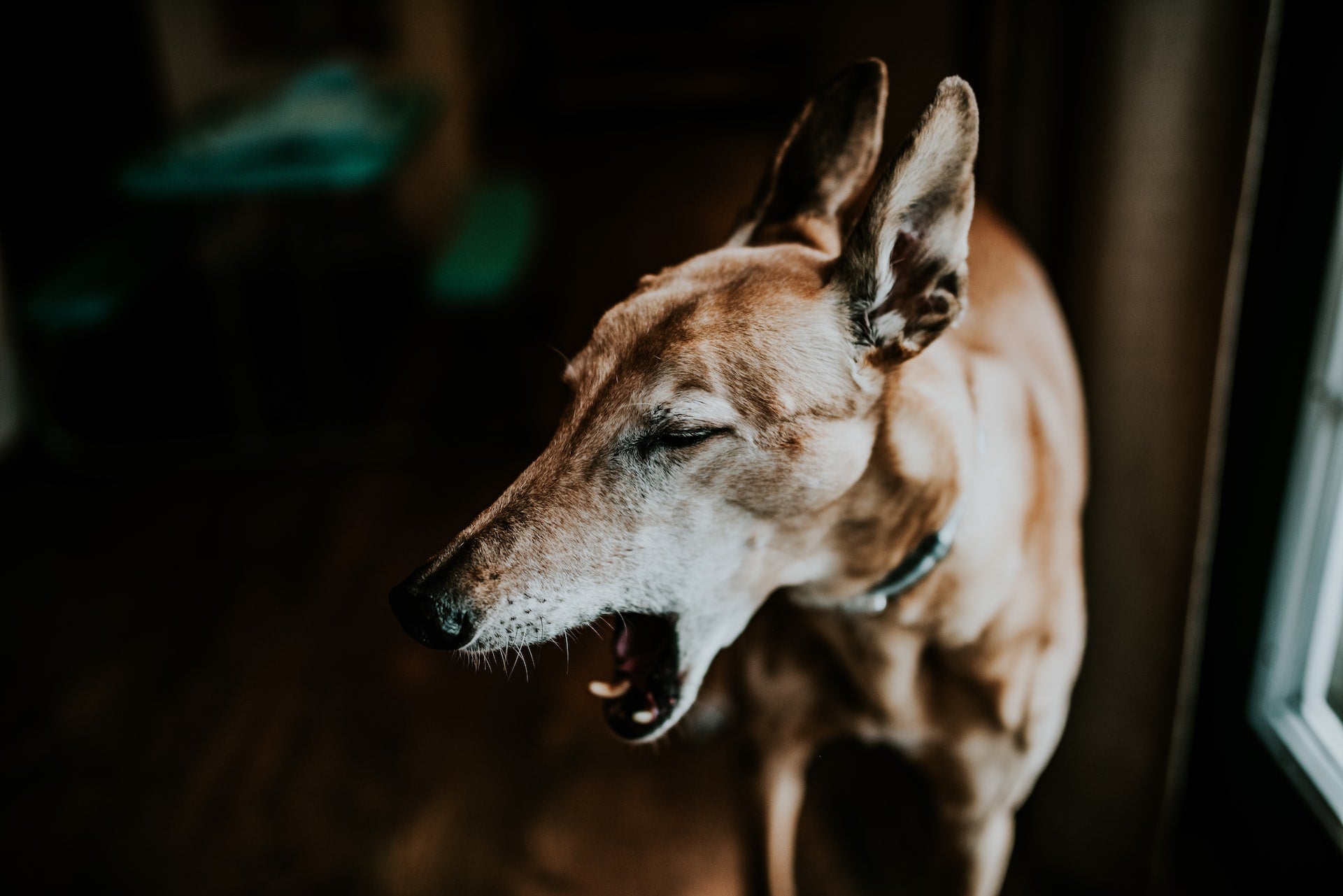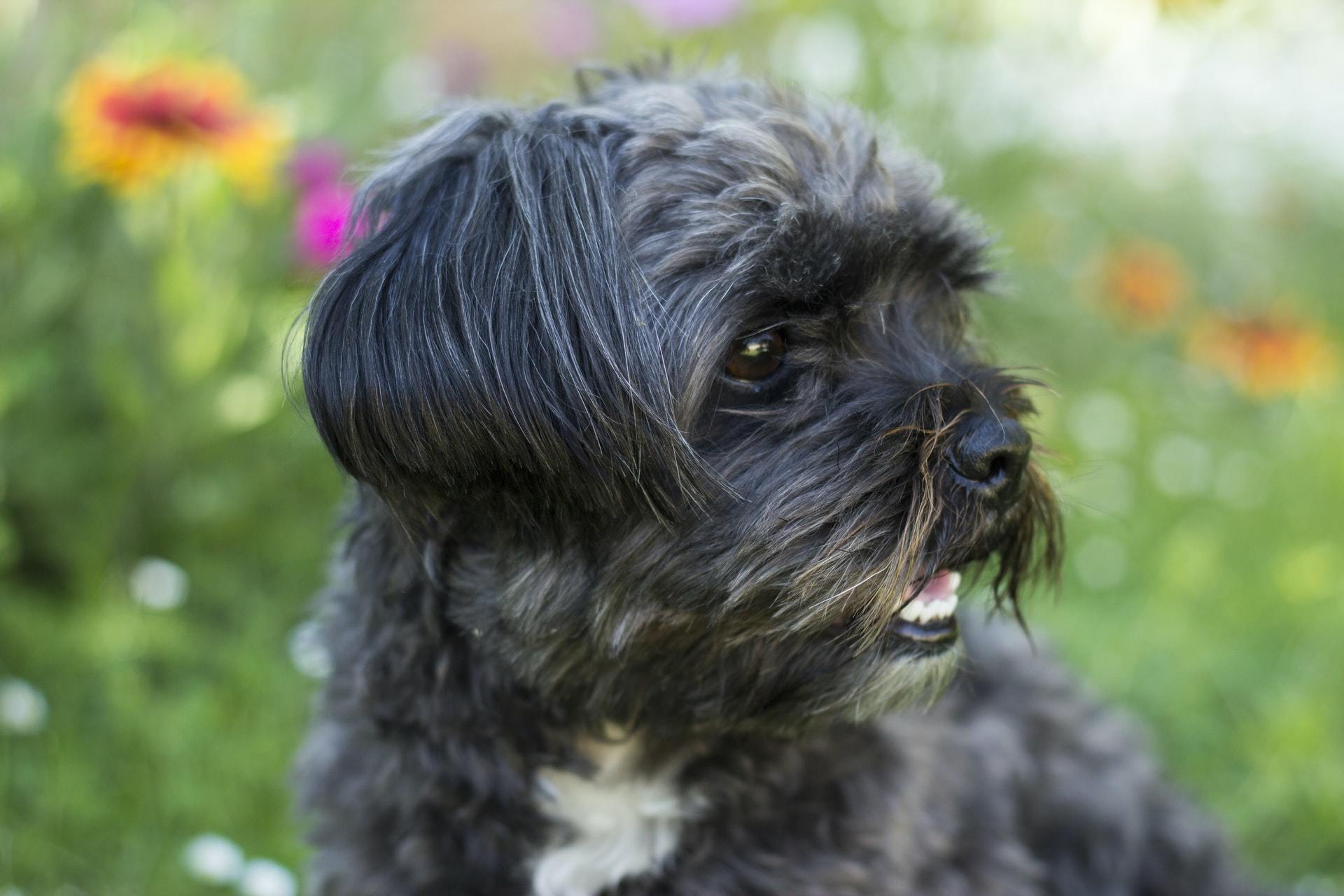Understanding Reverse Sneezing In Dogs: Causes, Symptoms, And Remedies
If you've ever witnessed your dog making strange snorting or honking noises, chances are they were experiencing a reverse sneeze. This condition, also known as "pharyngeal gag reflex" or "paroxysmal respiration," occurs when a dog rapidly inhales air through their nose, causing a distinctive noise. While it may sound alarming, reverse sneezing is typically not dangerous and often resolves on its own. Understanding the triggers and symptoms can help you determine whether your dog needs medical attention or simply a moment of reassurance. For many dog owners, reverse sneezing can be a confusing experience, especially if it’s the first time they’ve encountered it. It often happens suddenly and without warning, leaving pet parents scrambling to figure out what’s wrong. The good news is that reverse sneezing in dogs is a common occurrence and is usually caused by minor irritants or environmental factors. These can include allergens, excitement, or even pulling on a leash. However, it’s important to differentiate between reverse sneezing and other respiratory issues that may require veterinary intervention. Recognizing the signs and knowing how to respond can make all the difference in keeping your furry friend comfortable. In this article, we’ll delve into everything you need to know about reverse sneezing in dogs, from identifying the causes to learning how to manage and prevent it. By gaining a deeper understanding of this condition, you’ll be better equipped to provide the care your dog needs while staying calm during an episode. Whether you’re a new dog owner or a seasoned pet parent, this guide will help you navigate the nuances of reverse sneezing and ensure your dog’s well-being. So, let’s explore the ins and outs of this curious condition and answer the questions that matter most to you.
Meta Description: Discover what causes reverse sneezing in dogs, its symptoms, and how to manage it effectively. Learn to keep your furry friend happy and healthy!
Table of Contents
- What Is Reverse Sneezing in Dogs?
- Is Reverse Sneezing Harmful to Dogs?
- What Are the Common Triggers for Reverse Sneezing in Dogs?
- How to Identify Symptoms and Diagnose Reverse Sneezing
- Tips for Managing Reverse Sneezing Episodes
- When Should You Take Your Dog to the Vet for Reverse Sneezing?
- What Are Some Effective Prevention Strategies for Reverse Sneezing?
- Frequently Asked Questions About Reverse Sneezing in Dogs
What Is Reverse Sneezing in Dogs?
Reverse sneezing in dogs is a reflex action that occurs when a dog inhales air rapidly and forcefully through their nose. This action produces a distinct snorting or honking sound, often alarming pet owners who may mistake it for choking or respiratory distress. Unlike a regular sneeze, which expels irritants from the nasal passages, reverse sneezing draws air in, attempting to clear the throat or nasal cavity of irritants. This reflex is most commonly seen in small breeds, such as pugs, bulldogs, and Shih Tzus, but it can occur in dogs of all sizes.
Read also:Milovana Discover The Secrets Behind This Rising Trend
The anatomy of a dog plays a significant role in why reverse sneezing happens. The soft palate, located at the back of the throat, can become irritated or inflamed, leading to spasms that trigger reverse sneezing. Additionally, the elongated soft palates found in brachycephalic breeds (dogs with flat faces) make them more prone to this condition. While reverse sneezing is typically harmless, understanding its mechanics can help pet owners remain calm during an episode and recognize when it might indicate a more serious issue.
Why Does Reverse Sneezing Happen?
Reverse sneezing in dogs is often triggered by external factors that irritate the nasal passages or throat. Common culprits include allergens like pollen or dust, strong odors such as perfumes or cleaning products, and even sudden changes in temperature. In some cases, excitement or physical activity can also prompt an episode. By identifying these triggers, pet owners can take steps to minimize their dog’s exposure and reduce the frequency of reverse sneezing episodes.
Is Reverse Sneezing Harmful to Dogs?
For most dogs, reverse sneezing is a harmless and temporary condition that resolves on its own without any intervention. Episodes typically last only a few seconds to a minute and do not cause lasting discomfort or health issues. However, it’s important to monitor your dog’s behavior during and after an episode to ensure there are no underlying problems. If your dog experiences frequent or prolonged episodes of reverse sneezing, it could indicate an underlying condition such as allergies, nasal infections, or even a foreign object lodged in the nasal passage.
How Can You Tell If Reverse Sneezing Is a Sign of Something Serious?
While reverse sneezing in dogs is usually benign, certain signs may warrant a visit to the veterinarian. If your dog exhibits difficulty breathing, coughing, or gagging alongside reverse sneezing, it could be a sign of a more serious respiratory issue. Additionally, if the episodes become more frequent or intense, it’s best to consult a vet to rule out conditions like nasal tumors, polyps, or chronic allergies. Early diagnosis and treatment can prevent complications and ensure your dog’s long-term health.
What Are the Common Triggers for Reverse Sneezing in Dogs?
Understanding the triggers for reverse sneezing in dogs is key to managing and preventing episodes. These triggers can vary depending on your dog’s environment, breed, and overall health. Here are some of the most common causes:
- Allergens: Pollen, dust mites, and mold spores can irritate a dog’s nasal passages.
- Strong Odors: Perfumes, cigarette smoke, and cleaning products may provoke reverse sneezing.
- Temperature Changes: Cold air or sudden shifts in temperature can trigger episodes.
- Excitement or Stress: High-energy situations or anxiety can lead to reverse sneezing.
- Physical Activity: Vigorous exercise or pulling on a leash may irritate the throat.
Can Certain Breeds Be More Prone to Reverse Sneezing?
Yes, certain breeds are more susceptible to reverse sneezing in dogs due to their unique anatomical features. Brachycephalic breeds, such as pugs, bulldogs, and Boston terriers, are particularly prone because of their shortened nasal passages and elongated soft palates. These structural differences make it easier for irritants to affect their respiratory systems. However, any dog can experience reverse sneezing, so it’s essential to remain vigilant regardless of breed.
Read also:Unveiling The Truth Behind Subhashree Sahu Mms A Comprehensive Guide
How Can You Minimize Exposure to Triggers?
To reduce the likelihood of reverse sneezing episodes, consider the following strategies:
- Keep your home free of strong odors and allergens by using air purifiers and natural cleaning products.
- Avoid exposing your dog to extreme temperatures, especially cold air.
- Use a harness instead of a collar to reduce pressure on the throat during walks.
- Monitor your dog’s activity levels and provide calm environments during stressful situations.
How to Identify Symptoms and Diagnose Reverse Sneezing
Recognizing the symptoms of reverse sneezing in dogs is crucial for distinguishing it from other respiratory issues. The hallmark sign is the characteristic snorting or honking sound that occurs during an episode. Dogs may also extend their necks, stand still, or appear to be gasping for air. Unlike coughing or choking, reverse sneezing does not involve the expulsion of mucus or food and typically resolves quickly without intervention.
If you’re unsure whether your dog is experiencing reverse sneezing or a more serious condition, consult your veterinarian for a proper diagnosis. A vet may perform a physical examination, review your dog’s medical history, and, in some cases, recommend diagnostic tests such as X-rays or nasal swabs to rule out underlying issues. Early diagnosis ensures that your dog receives the appropriate care and treatment.
What Should You Do During an Episode?
During a reverse sneezing episode, remain calm and avoid panicking. Gently stroke your dog’s throat or cover their nostrils briefly to encourage them to swallow, which can help stop the episode. Offering a treat or distracting your dog with play can also redirect their focus and alleviate the reflex. Remember, reverse sneezing in dogs is usually harmless, and your calm demeanor can help reassure your pet.
Tips for Managing Reverse Sneezing Episodes
Managing reverse sneezing in dogs involves both immediate actions during an episode and long-term strategies to reduce its frequency. Here are some practical tips:
- Stay calm and avoid overreacting, as your dog can sense your anxiety.
- Massage your dog’s throat gently to soothe the spasms.
- Provide fresh water to help clear any irritants from the nasal passages.
- Keep a record of episodes to identify patterns or triggers.
Are There Any Home Remedies for Reverse Sneezing?
While there are no specific home remedies for reverse sneezing in dogs, maintaining a clean and allergen-free environment can make a significant difference. For example, using a humidifier can help keep your dog’s nasal passages moist, reducing irritation. Additionally, regular grooming and bathing can minimize allergens on your dog’s coat. Always consult your vet before trying any new treatments or supplements.
When Should You Take Your Dog to the Vet for Reverse Sneezing?
While reverse sneezing in dogs is usually harmless, certain situations warrant veterinary attention. If your dog experiences frequent episodes, has difficulty breathing, or shows signs of distress, it’s best to consult a professional. A vet can perform a thorough examination to rule out underlying conditions such as infections, tumors, or chronic allergies. Early intervention can prevent complications and ensure your dog’s well-being.
What Questions Should You Ask Your Vet?
When visiting the vet for reverse sneezing, consider asking the following questions:
- Could my dog’s breed or anatomy be contributing to the episodes?
- Are there any diagnostic tests needed to rule out serious conditions?
- What steps can I take at home to manage and prevent reverse sneezing?
What Are Some Effective Prevention Strategies for Reverse Sneezing?
Preventing reverse sneezing in dogs involves addressing potential triggers and maintaining a healthy environment. Here are some effective strategies:
- Use air purifiers to reduce allergens in your home.
- Avoid exposing your dog to strong odors, such as perfumes or cleaning products.
- Keep your dog’s living space clean and free of dust.
- Provide regular exercise and mental stimulation to reduce stress.
Can Diet Play a Role in Preventing Reverse Sneezing?
While diet is not a direct cause of reverse sneezing, feeding your dog a balanced and nutritious diet can support their overall health and immune system. Some pet owners find that avoiding processed foods and incorporating natural supplements, such as omega-3 fatty acids, can reduce inflammation and improve respiratory health. Always consult your vet before making significant changes to your dog’s diet.
Frequently Asked Questions About Reverse Sneezing in Dogs
1. How Long Does a Reverse Sneezing Episode Last?
A typical episode of reverse sneezing in dogs lasts only a few seconds to a minute. If the episode persists for longer or occurs frequently, consult your veterinarian.
2. Can Reverse Sneezing Be Cured?
Reverse sneezing in dogs cannot be "cured" because it is a reflex action rather than a disease. However, identifying and addressing triggers can significantly reduce its frequency.
3. Is Reverse Sneezing Painful for Dogs?
No, reverse sneezing is generally not painful for dogs. It may cause temporary discomfort, but most dogs appear normal once the episode ends.
Conclusion
Reverse sneezing in dogs is a common and usually harmless condition that can be managed with proper care and understanding. By recognizing the symptoms
Unlocking The Potential Of MCISD Focus: A Comprehensive Guide To Academic Success
What Does DGAF Mean In Slang? Exploring The Meaning And Usage
What To Wear At Little Alley Steak: A Complete Guide To The Dress Code

What Is Reverse Sneezing in Dogs? Neater Pets

Why do dogs reverse sneeze? FirstVet